Melbourne, Australia, is a vibrant and diverse city with a well-planned urban layout that consists of various districts, communities, and a comprehensive street system.
Vectormap.Net provide you with the most accurate and up-to-date vector maps in Adobe Illustrator, PDF and other formats, designed for editing and printing. Please read the vector map descriptions carefully.
Here’s a detailed overview:
Districts:
- Central Business District (CBD):
- The heart of Melbourne, the CBD is the central business and financial district. It’s known for its high-rise buildings, shopping precincts like Bourke Street Mall, and cultural attractions like Federation Square.
- Southbank:
- Located just south of the Yarra River, Southbank is a bustling area with entertainment complexes, restaurants, and cultural venues. It’s home to the Crown Casino and the Arts Centre Melbourne.
- Fitzroy:
- Known for its bohemian and artistic atmosphere, Fitzroy is a trendy inner-city suburb. It features eclectic shops, street art, and a lively nightlife. Brunswick Street is a popular strip for shopping and dining.
- St Kilda:
- Situated by the beach, St Kilda is a lively suburb with a famous boardwalk, Luna Park amusement park, and a vibrant arts scene. Acland Street is known for its cafes and bakeries.
- Richmond:
- A mix of residential and industrial areas, Richmond is famous for its sporting precinct, including the Melbourne Cricket Ground (MCG). Bridge Road is a shopping destination, and the area has a strong Vietnamese community.
- Carlton:
- Home to the University of Melbourne, Carlton is known for its academic and cultural institutions. Lygon Street is a renowned “Little Italy” with numerous Italian restaurants and cafes.
- Footscray:
- A diverse and multicultural suburb, Footscray is known for its ethnic communities and markets. It has a mix of residential and industrial areas and is undergoing urban renewal.
Communities:
- Residential Suburbs:
- Melbourne has numerous residential suburbs catering to various lifestyles and preferences. Some popular ones include Hawthorn, Brighton, Toorak, and Essendon.
- Cultural Communities:
- Melbourne is a melting pot of cultures, with communities from all around the world. You can find Chinatown, Little Italy, and other ethnic enclaves, each contributing to the city’s diversity.
Street System:
- Grid Layout:
- Melbourne’s CBD features a grid layout, making navigation relatively straightforward. The main streets, like Swanston Street and Collins Street, run north-south and east-west, respectively.
- Trams:
- Melbourne has an extensive tram network, which is an iconic part of the city’s transportation system. Trams traverse the CBD and reach many suburbs, providing an efficient means of public transportation.
- Pedestrian-Friendly Zones:
- Many areas, especially in the CBD, have pedestrian-friendly zones with wide sidewalks, outdoor seating, and green spaces.
- Bike Paths:
- Melbourne is bike-friendly, with dedicated bike paths and lanes, promoting sustainable transportation options.
In summary, Melbourne’s urban layout reflects a combination of modern city planning, cultural diversity, and a commitment to sustainability. The various districts and communities contribute to the city’s dynamic and inclusive character.

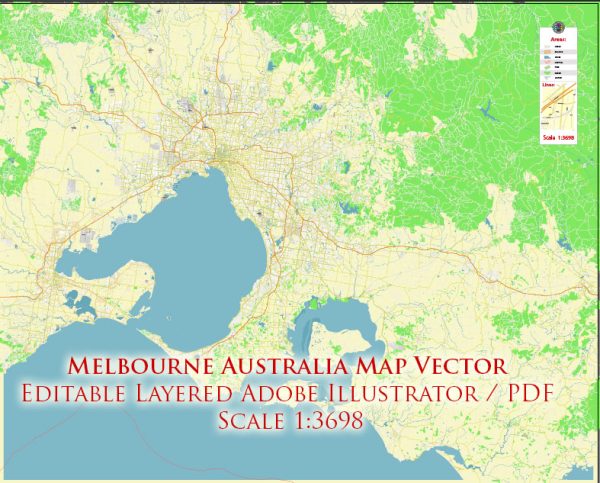
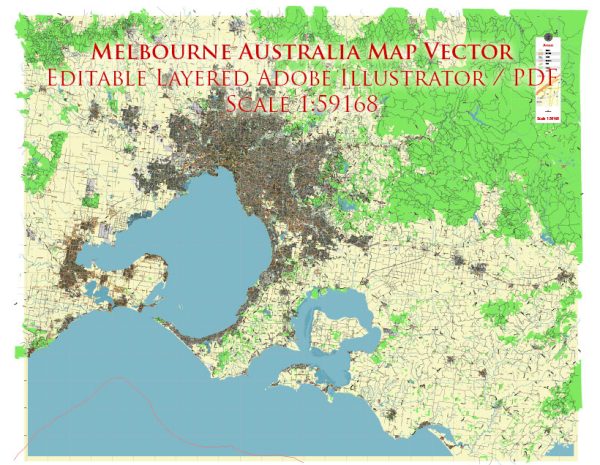
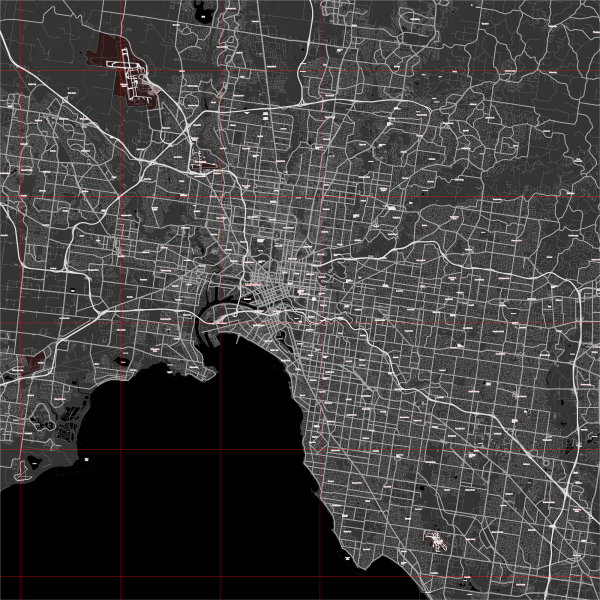
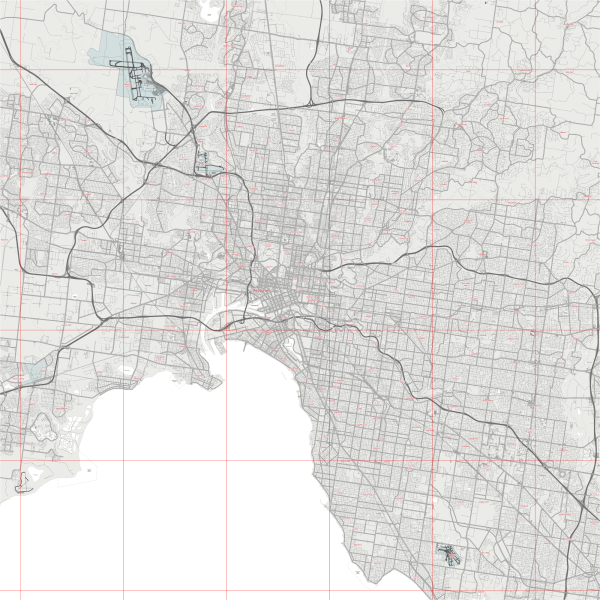
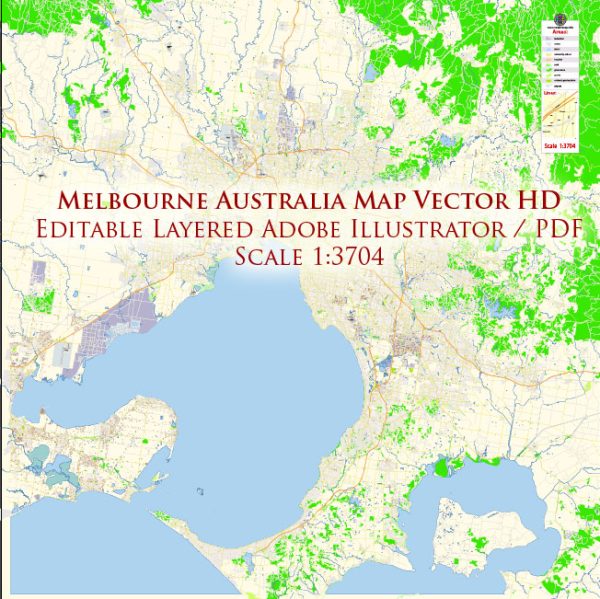
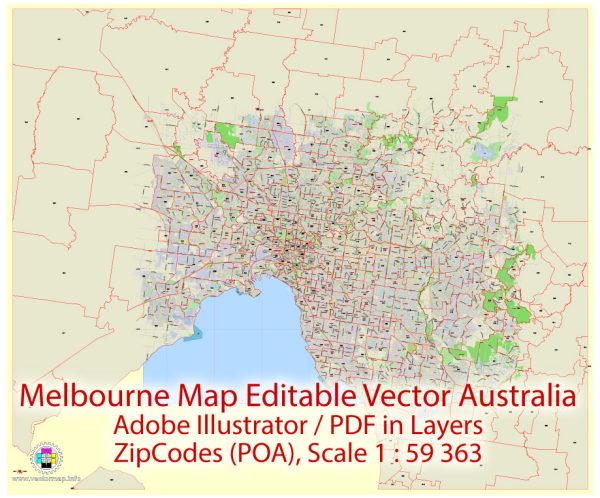
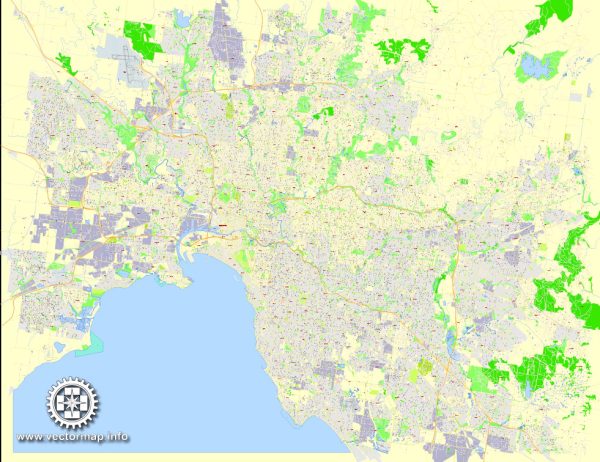
 Author: Kirill Shrayber, Ph.D.
Author: Kirill Shrayber, Ph.D.